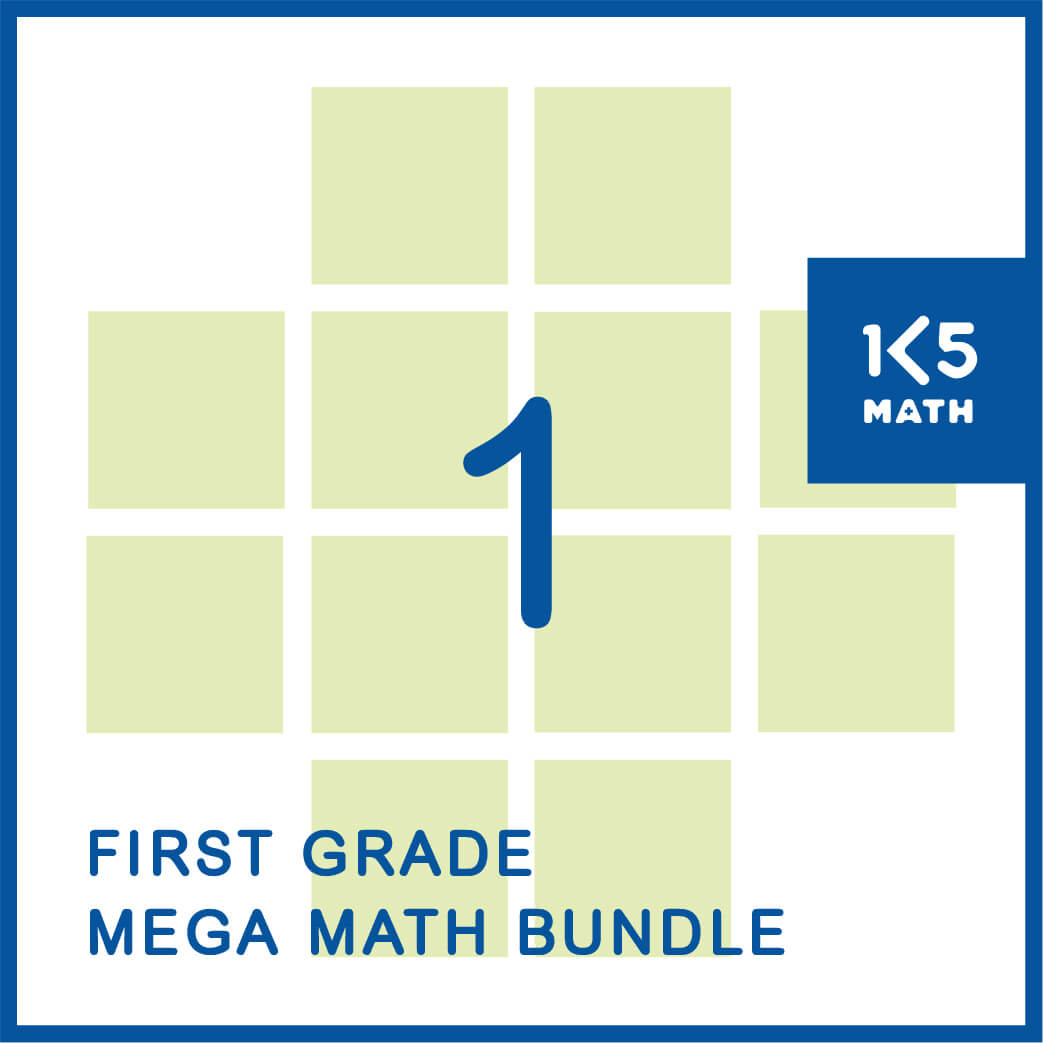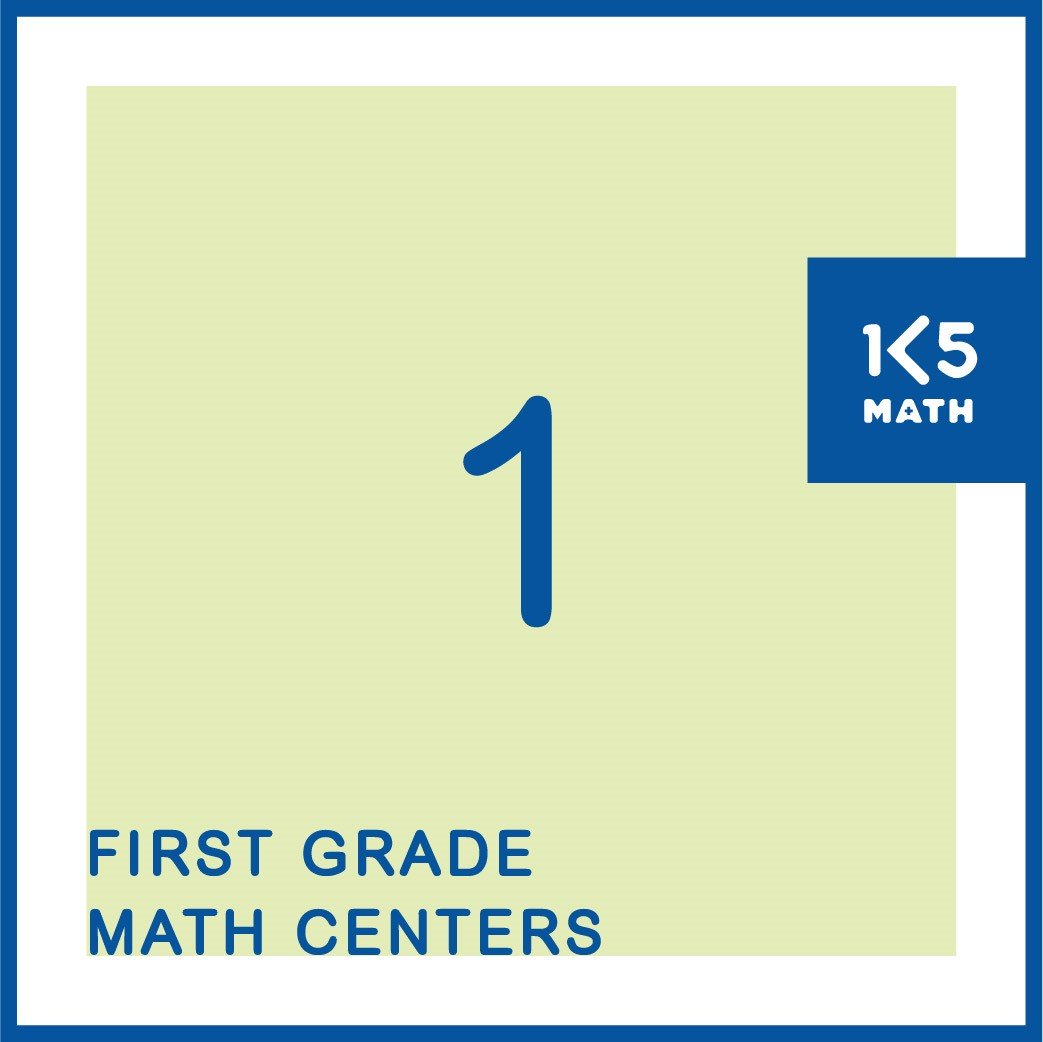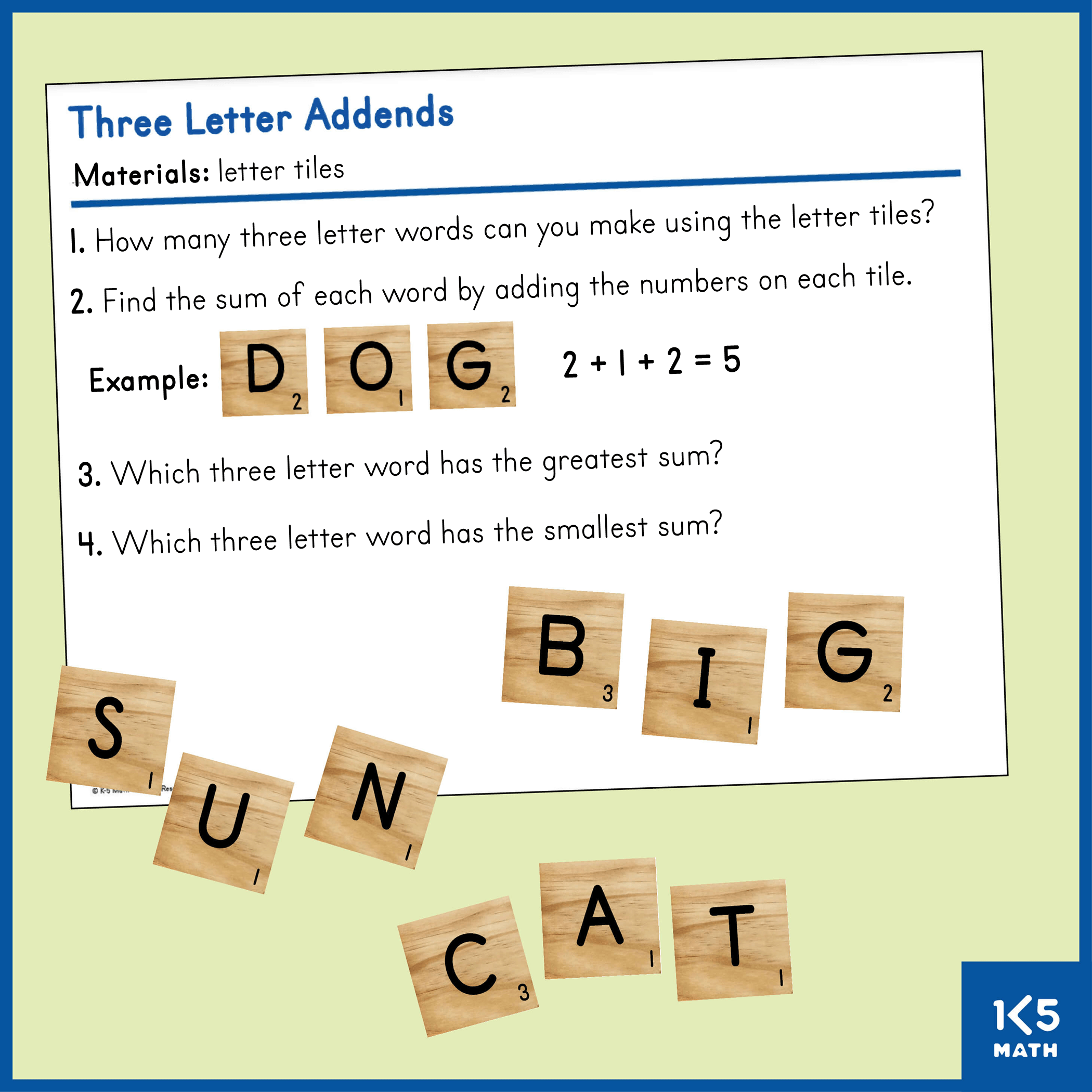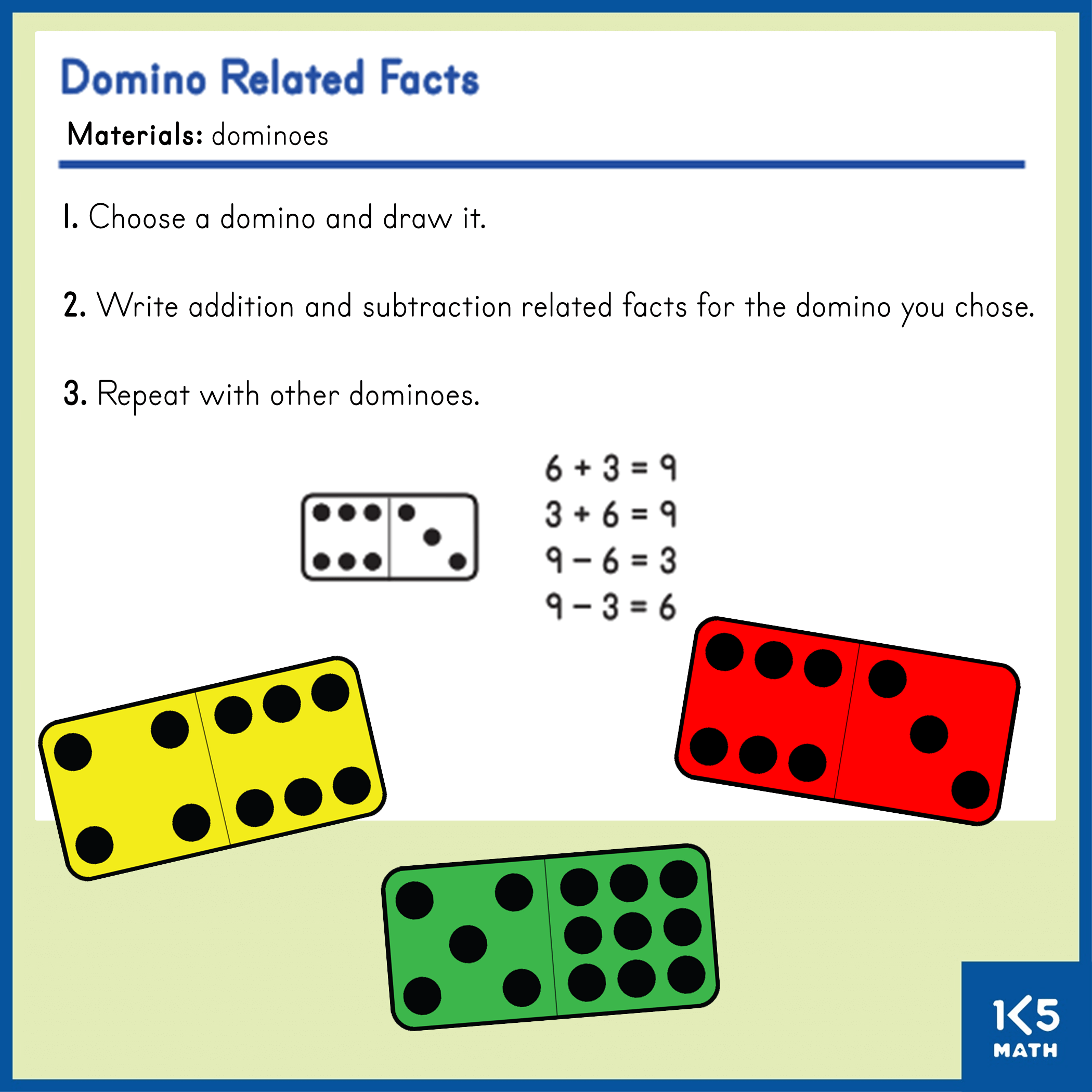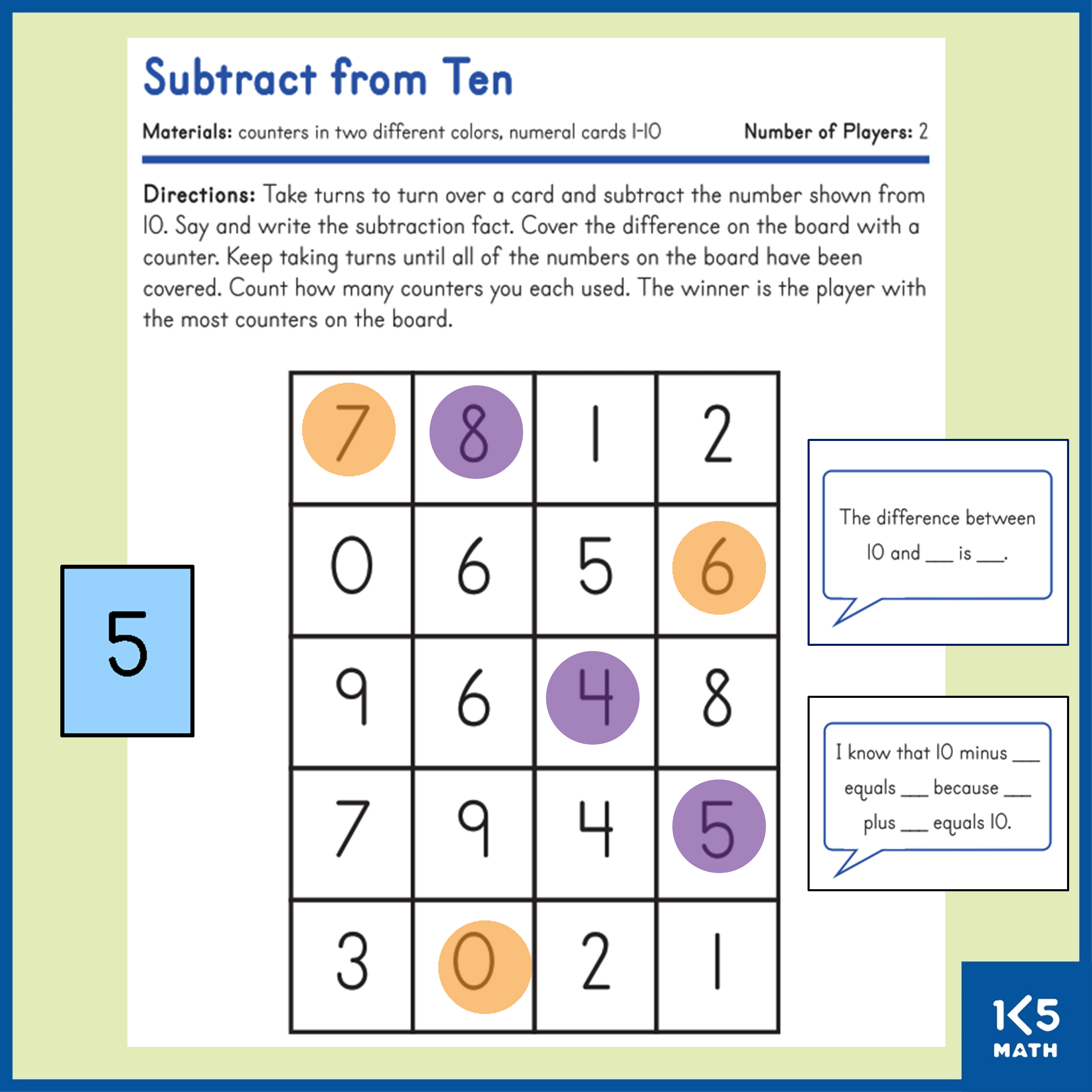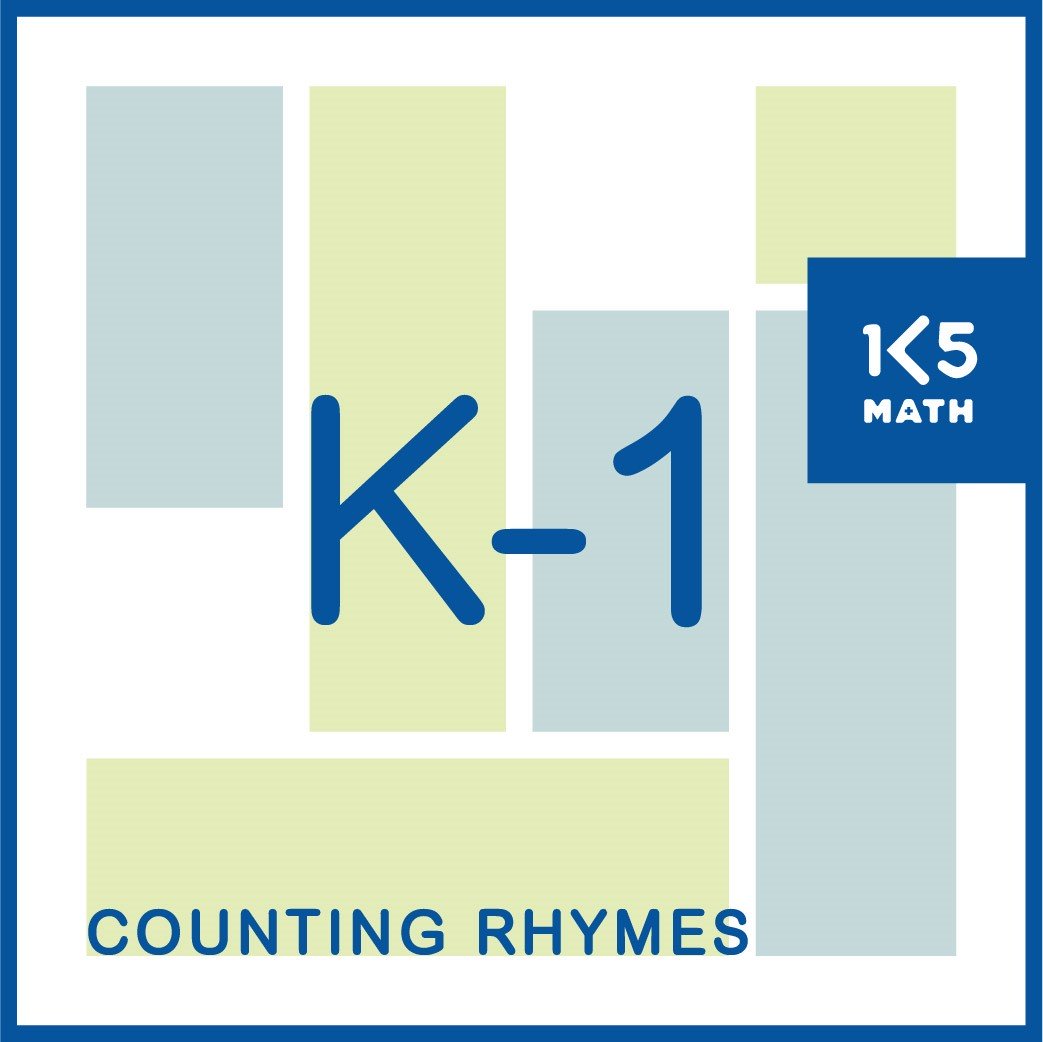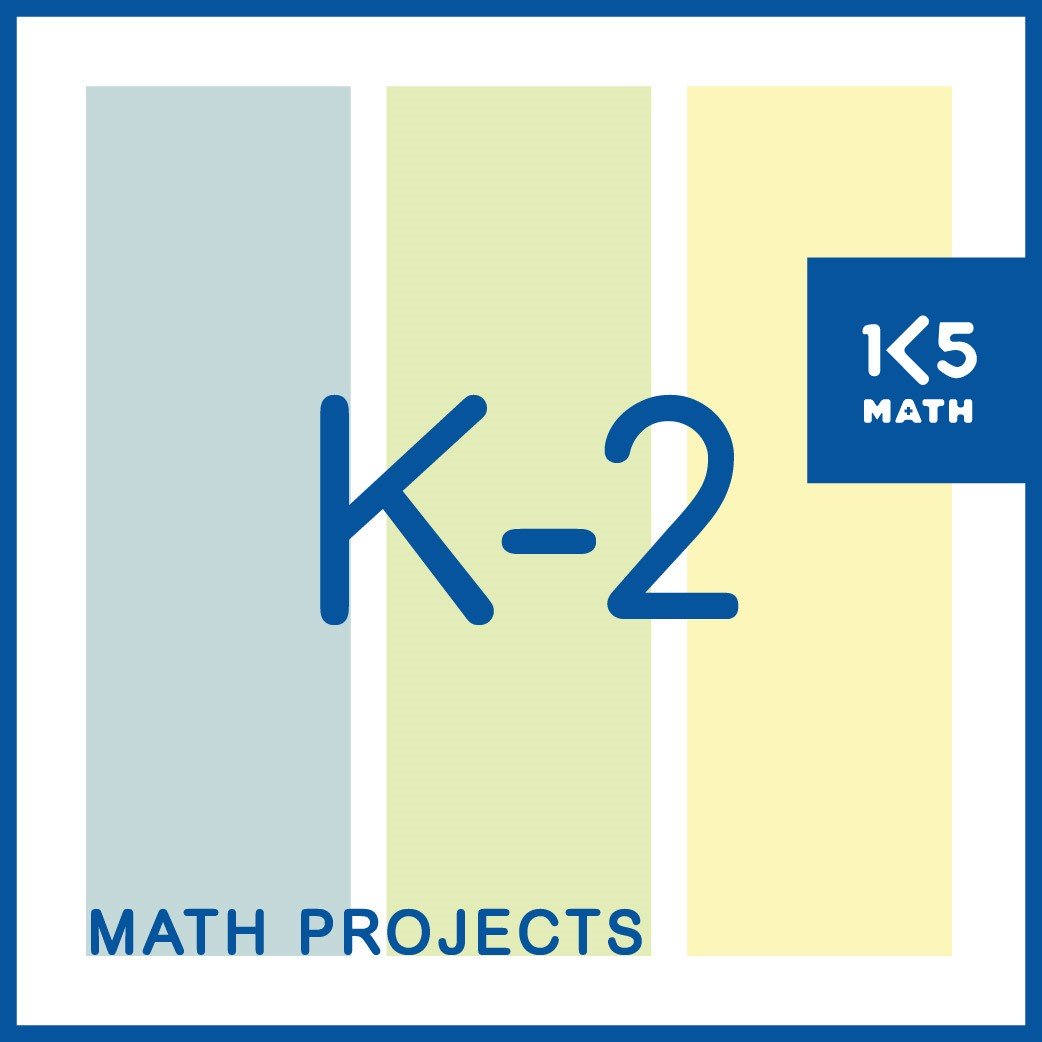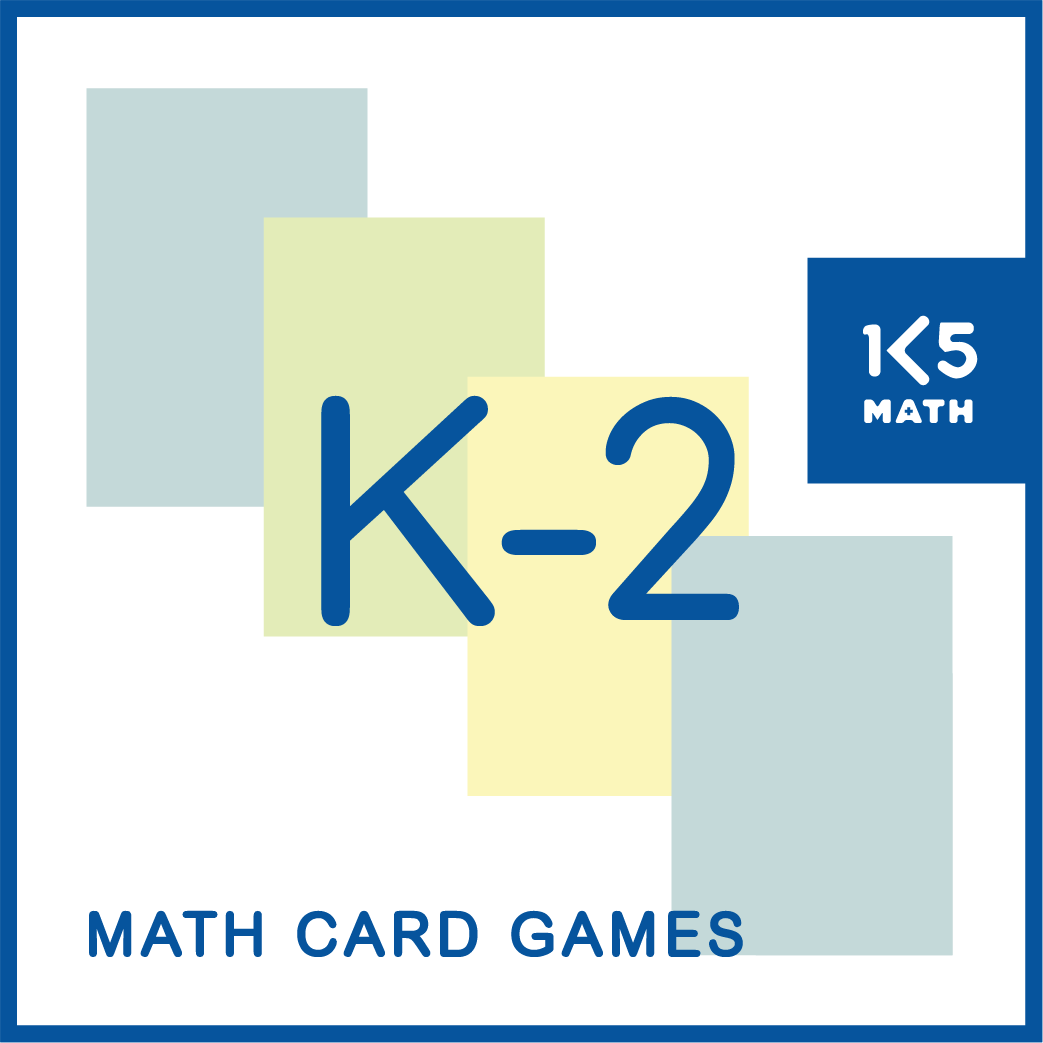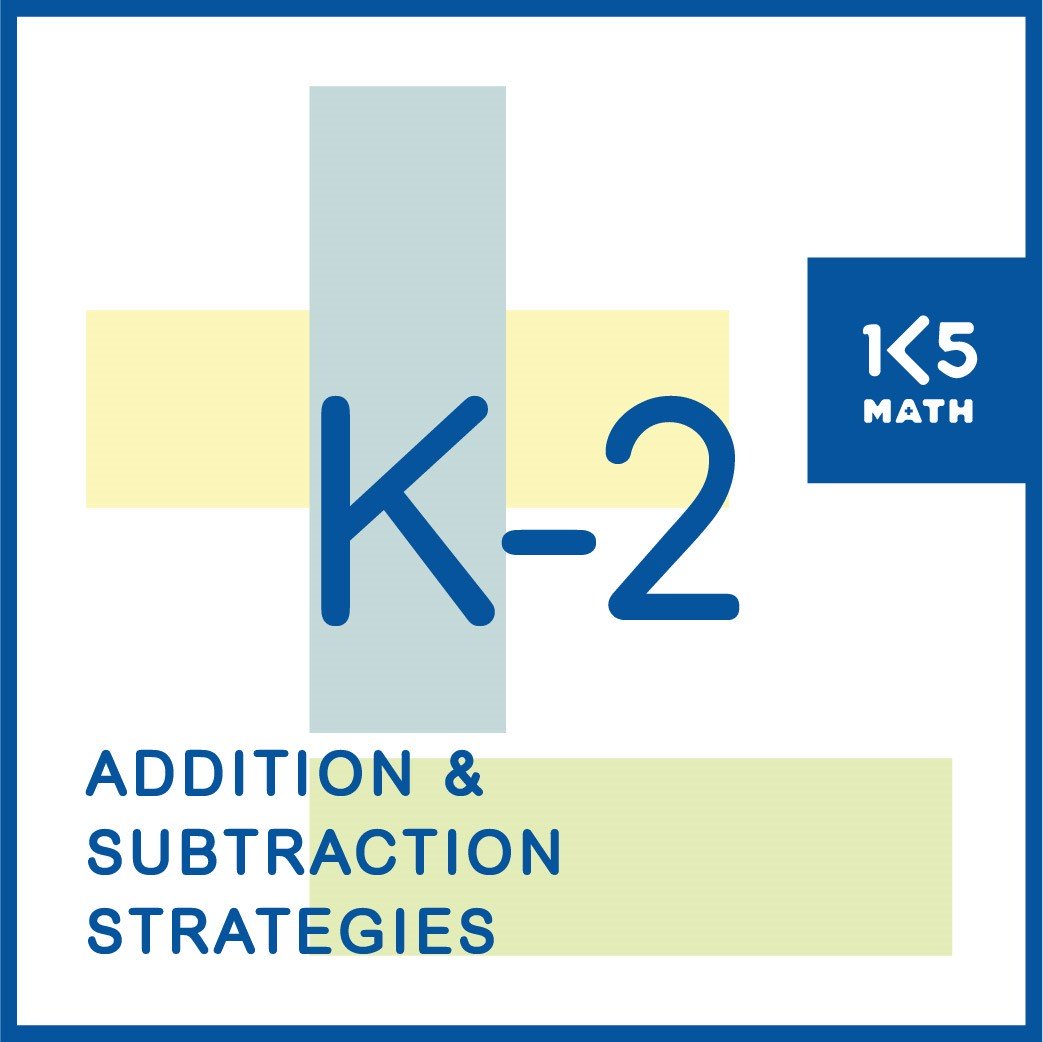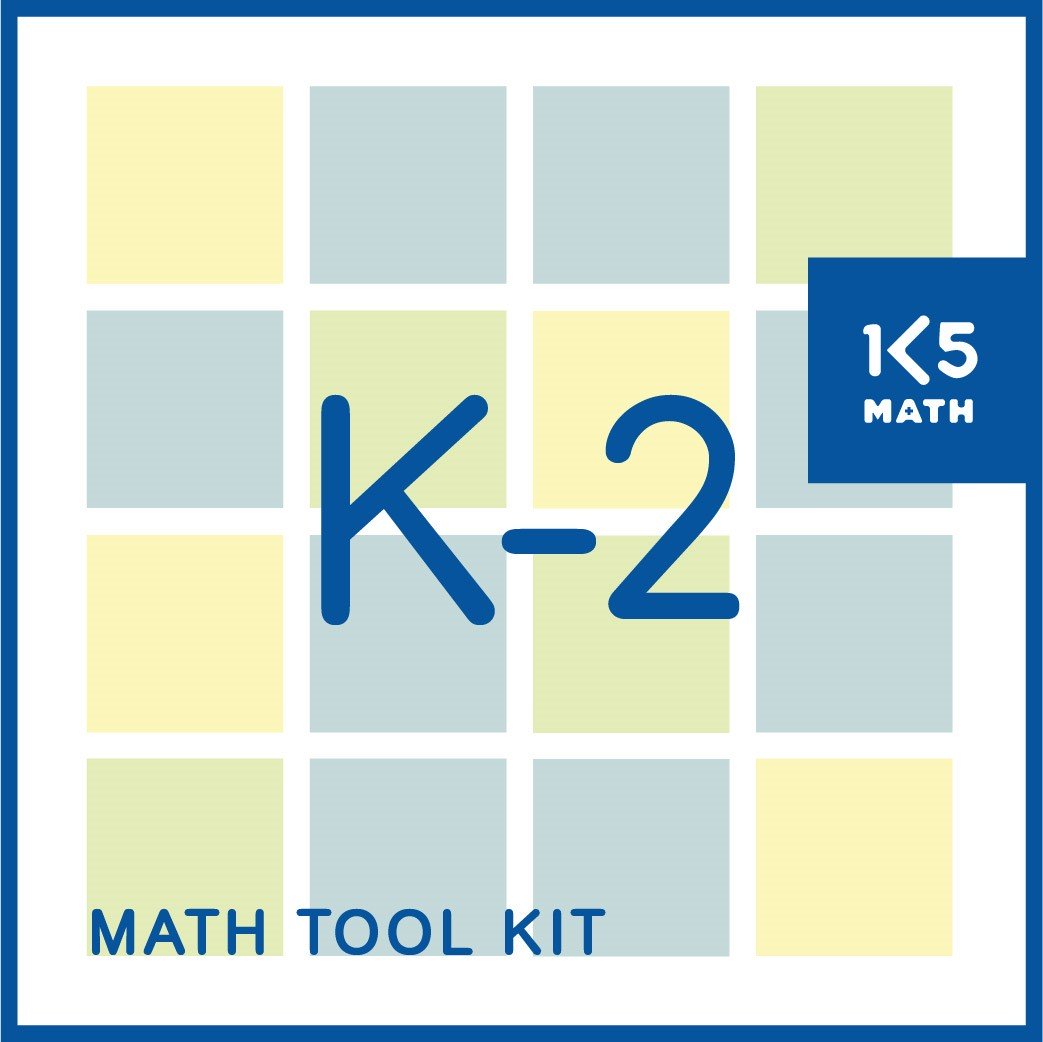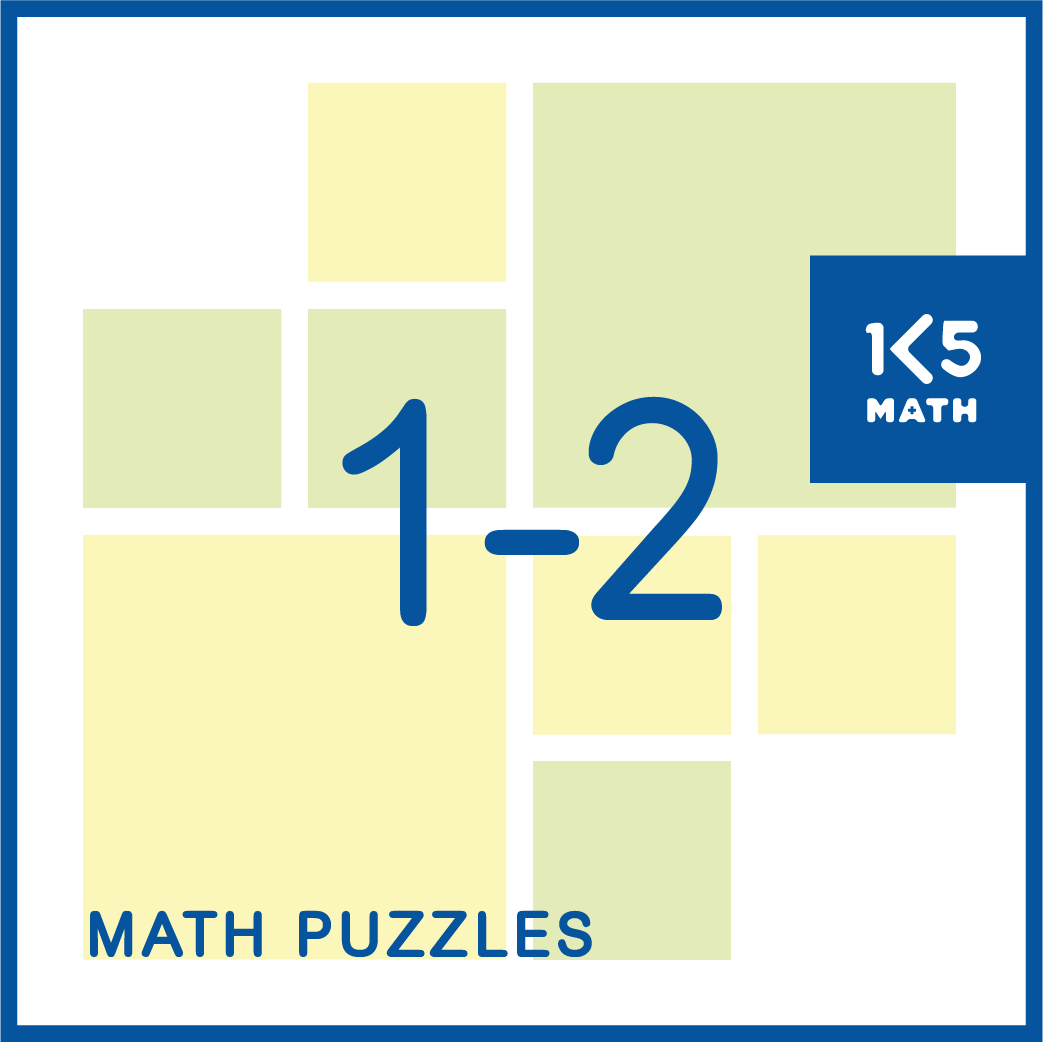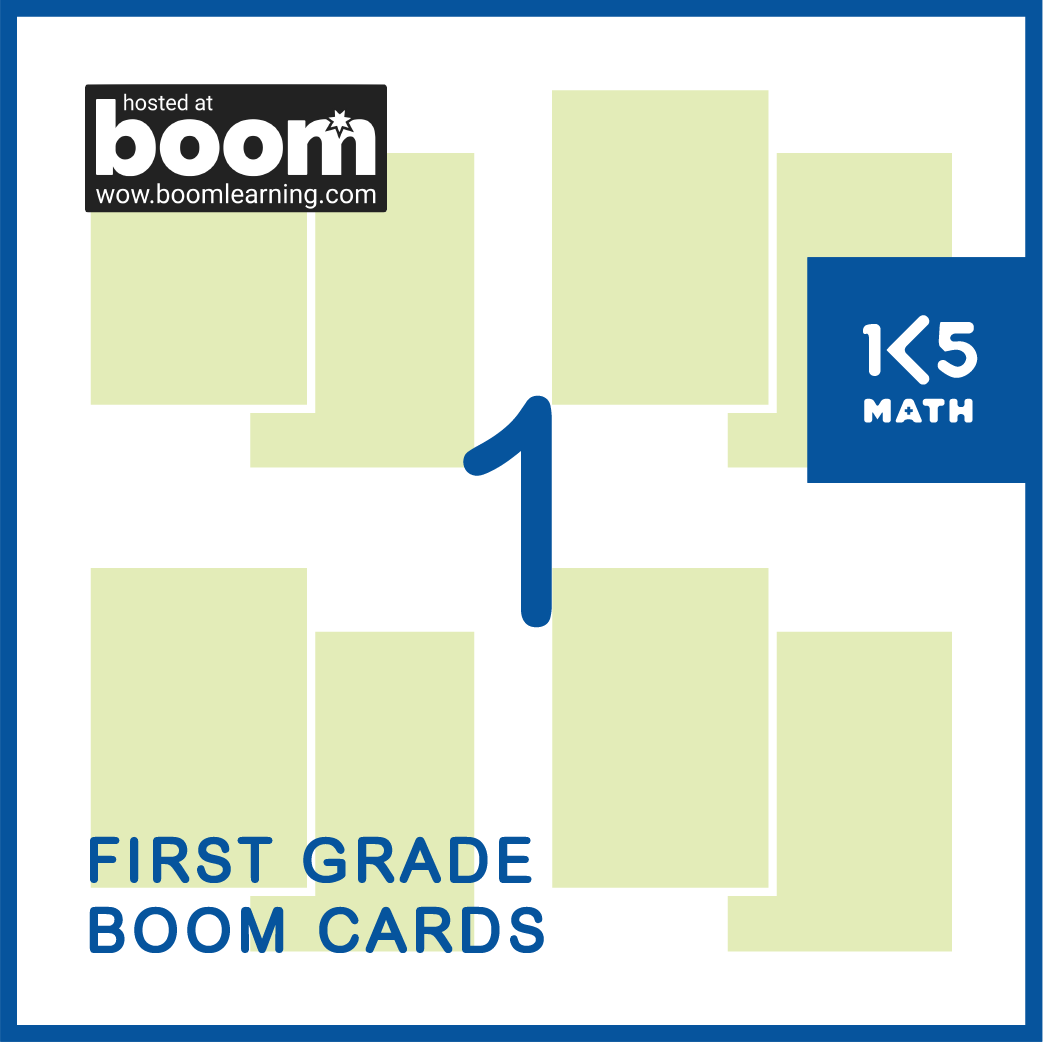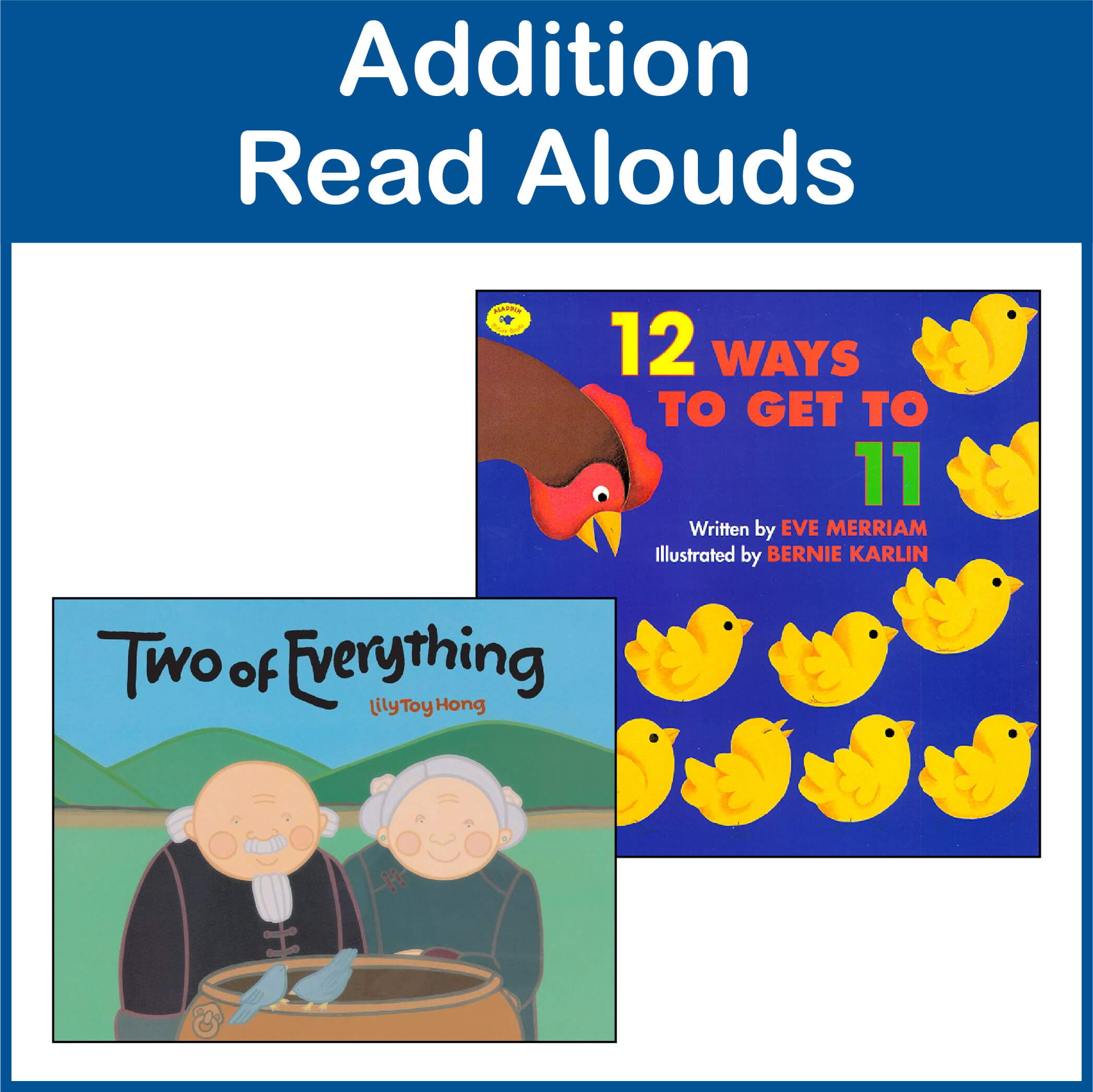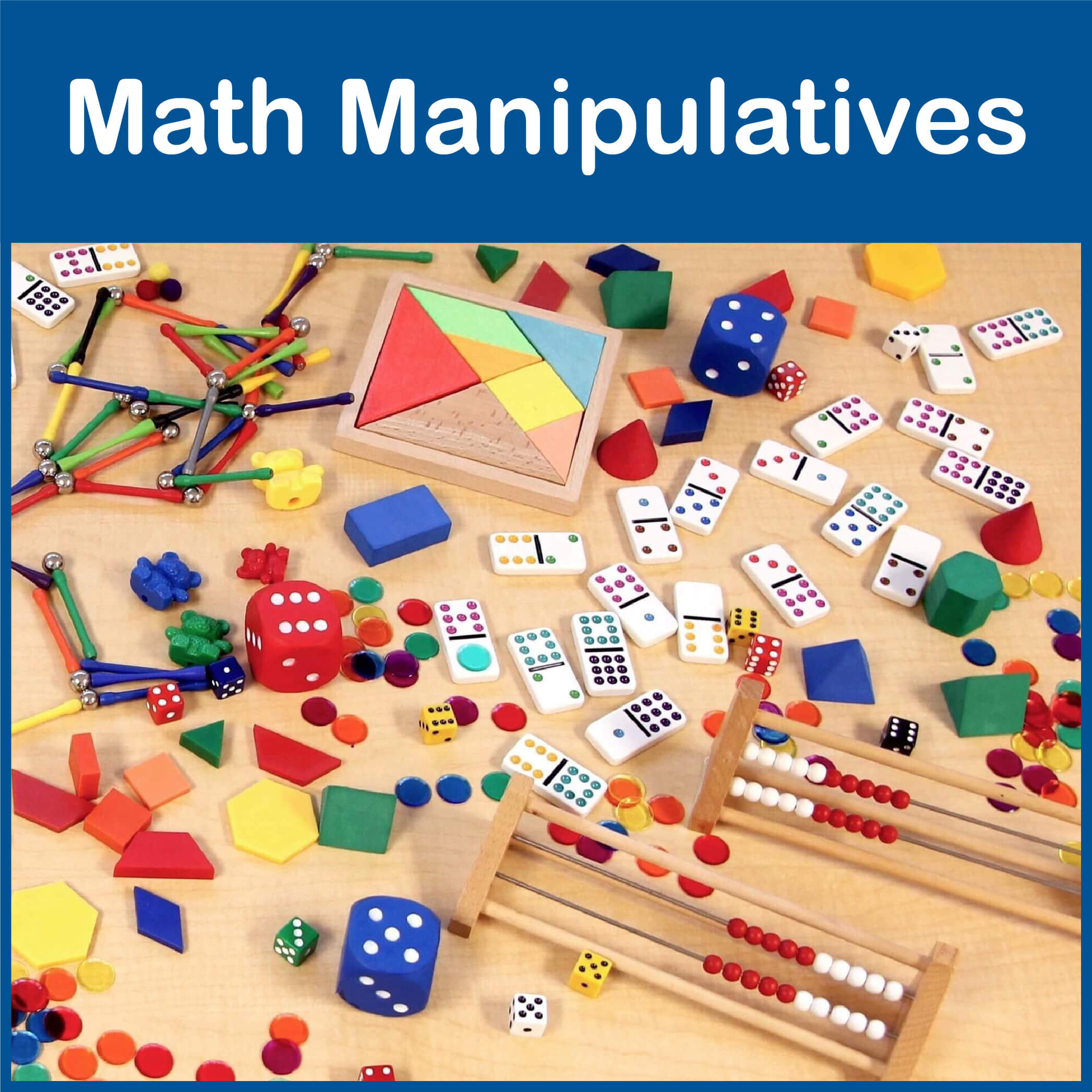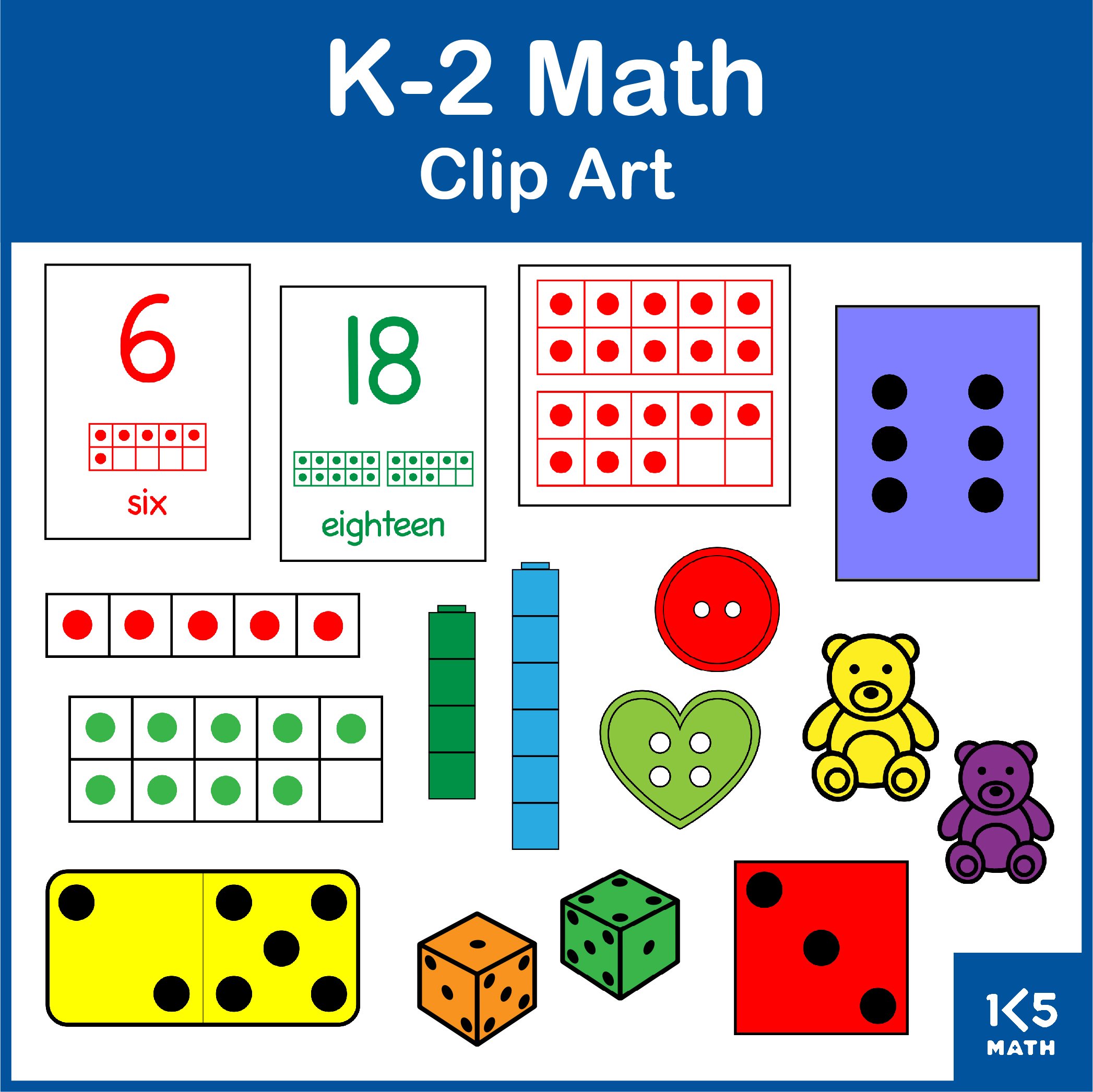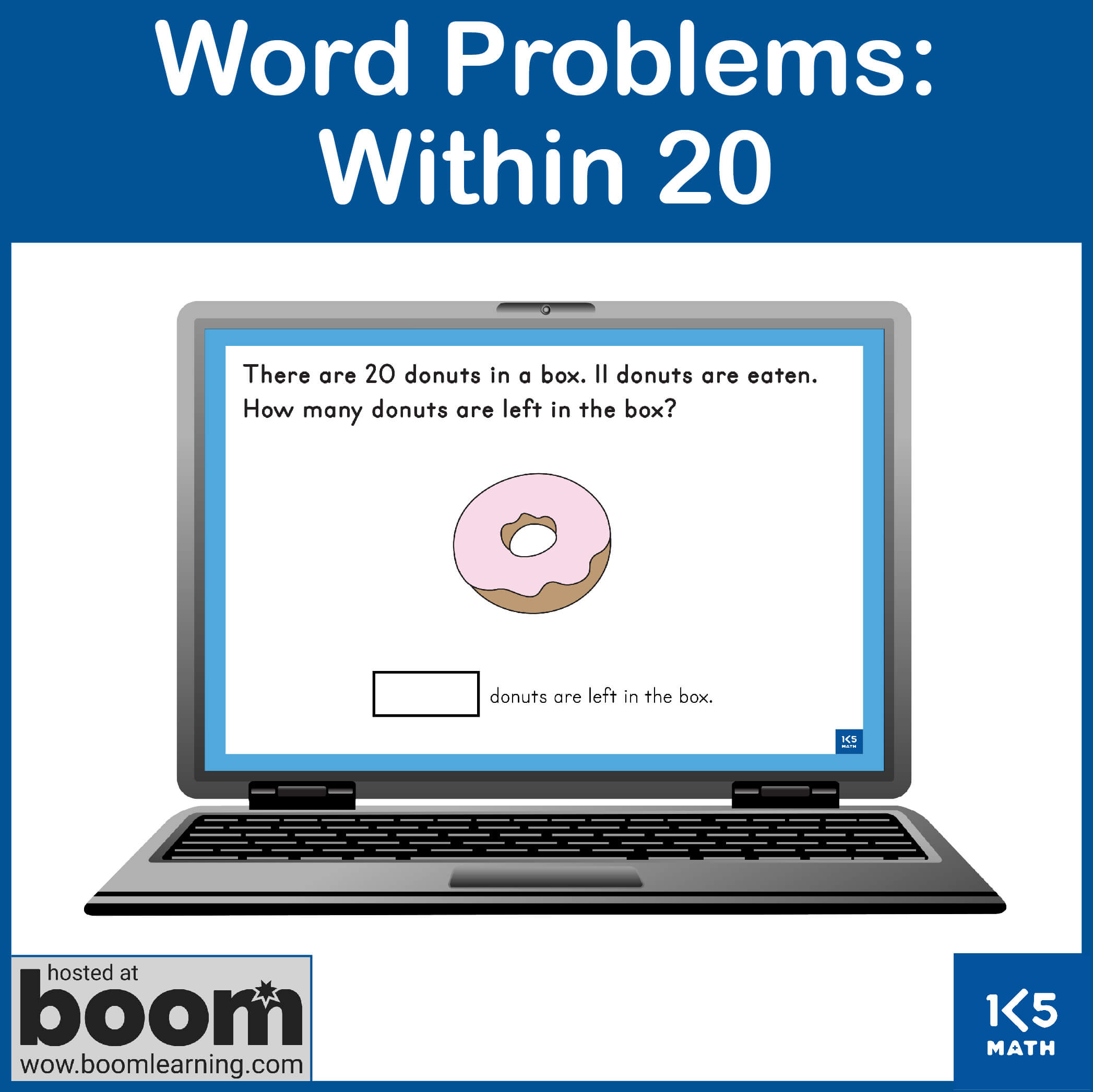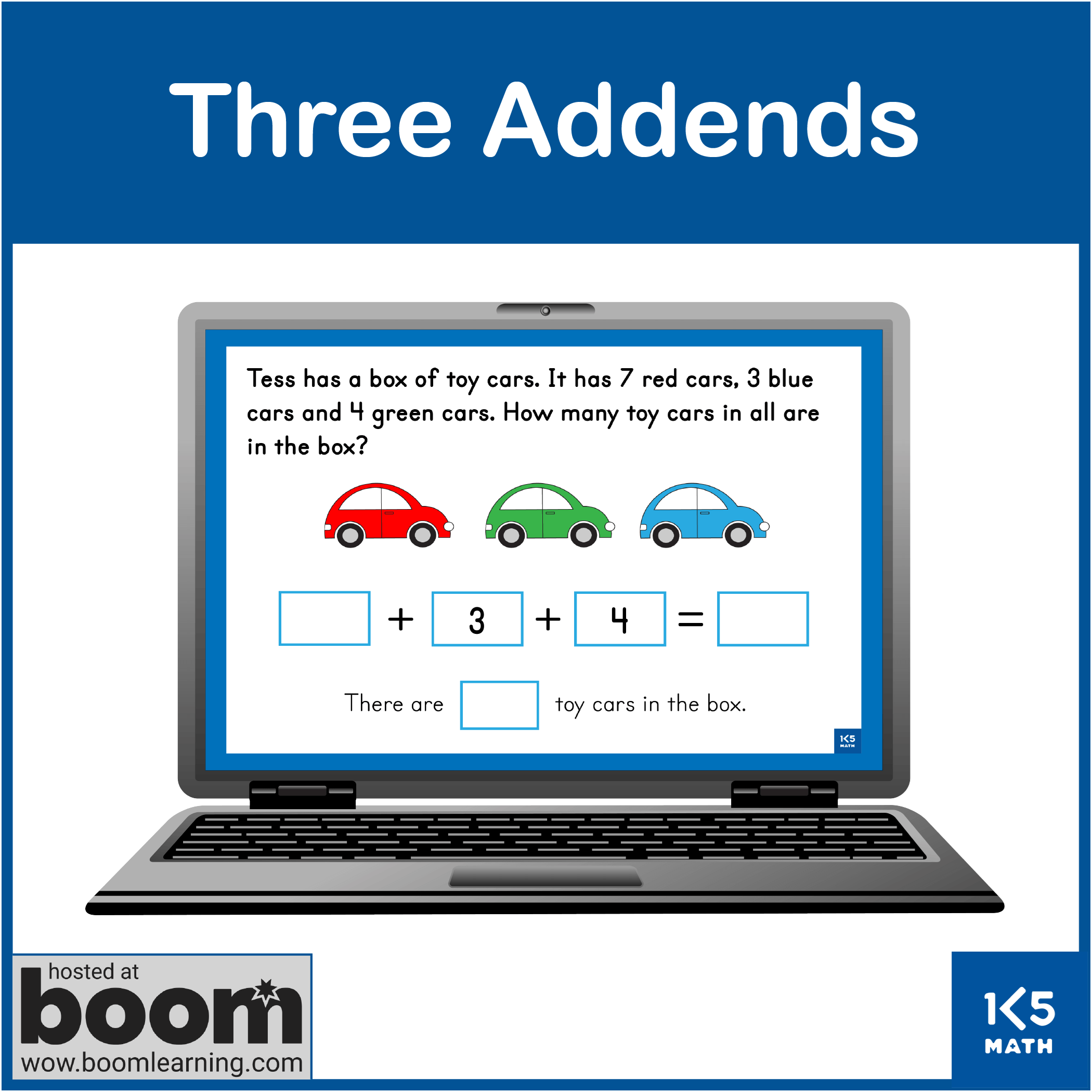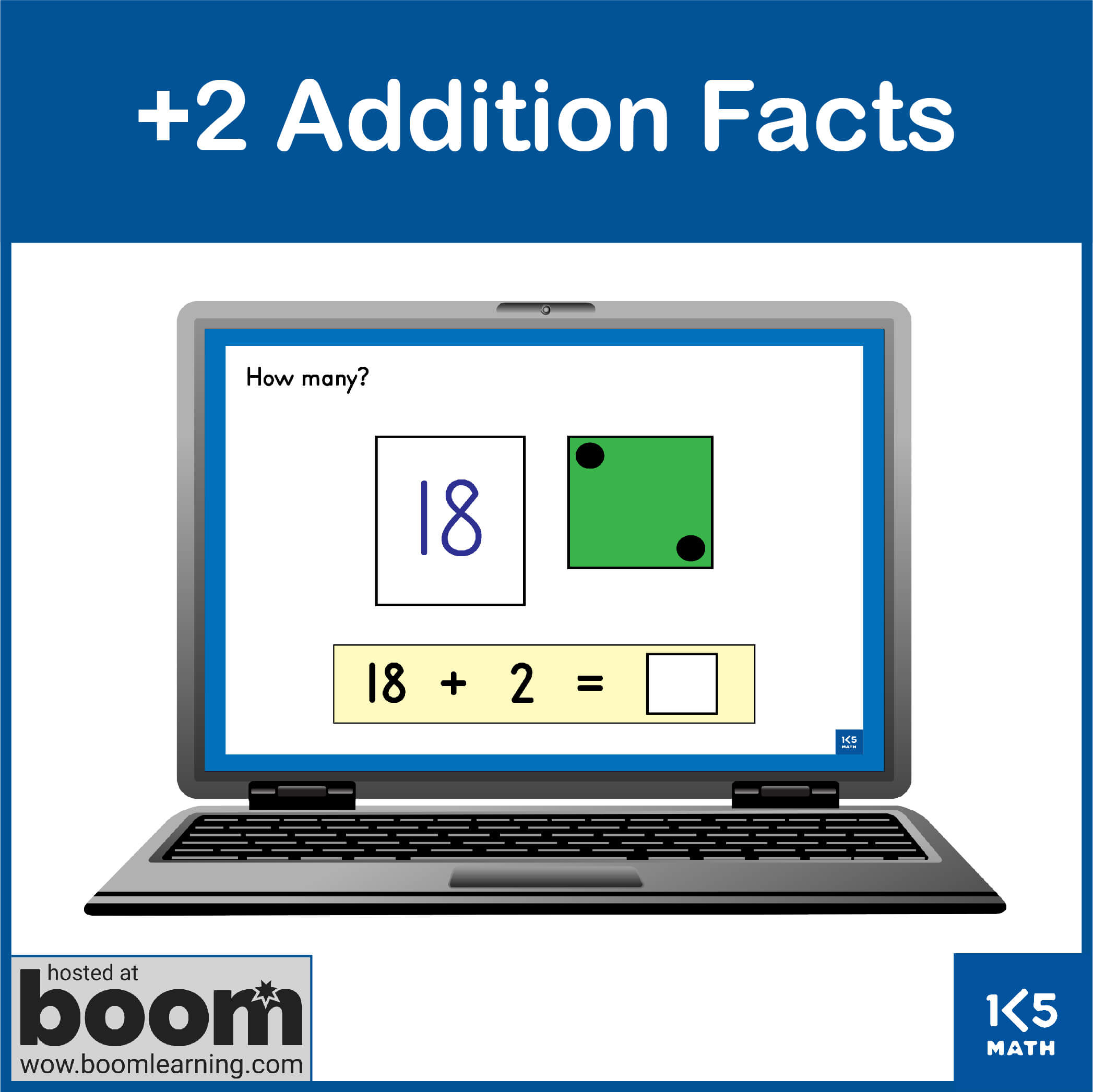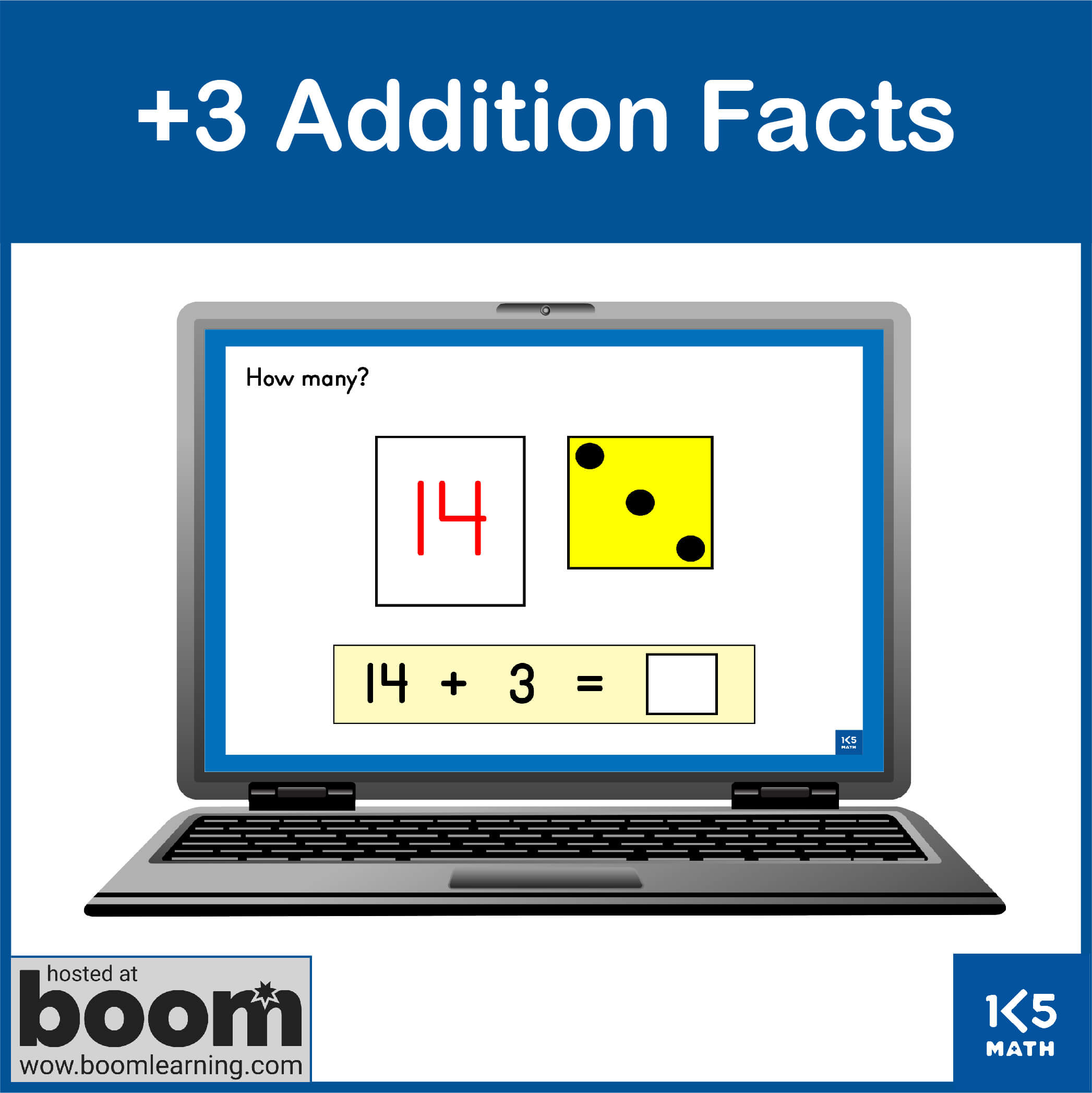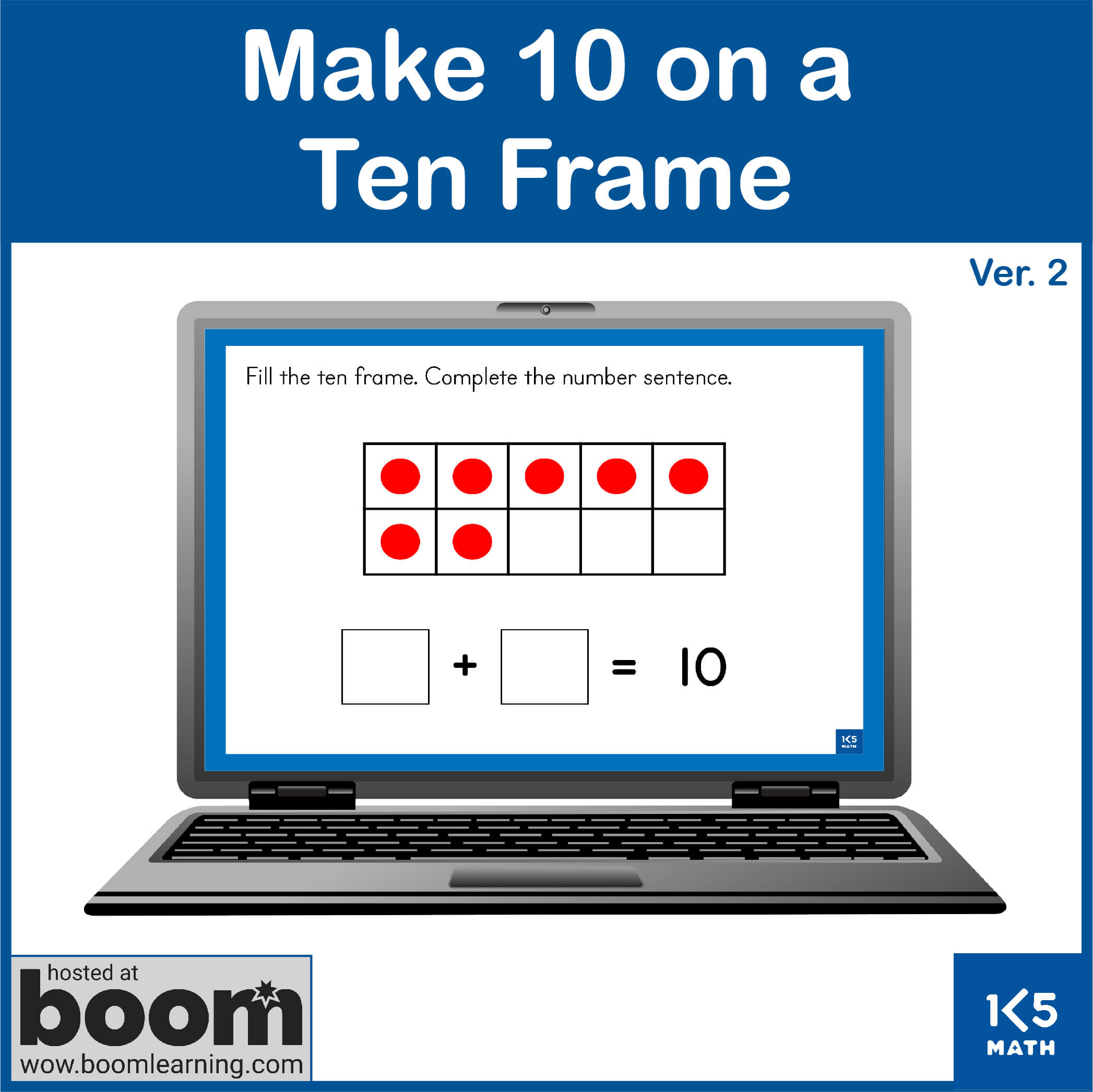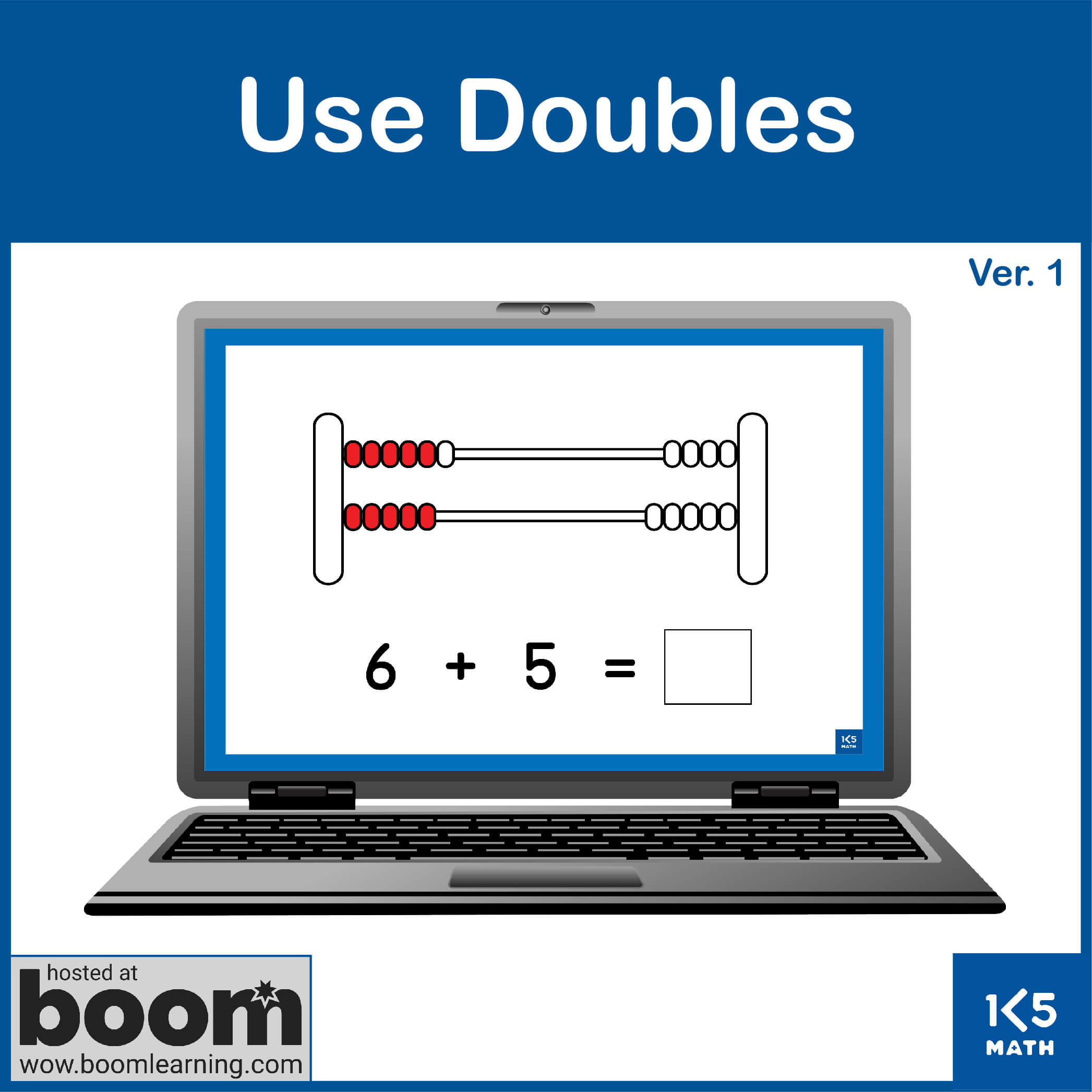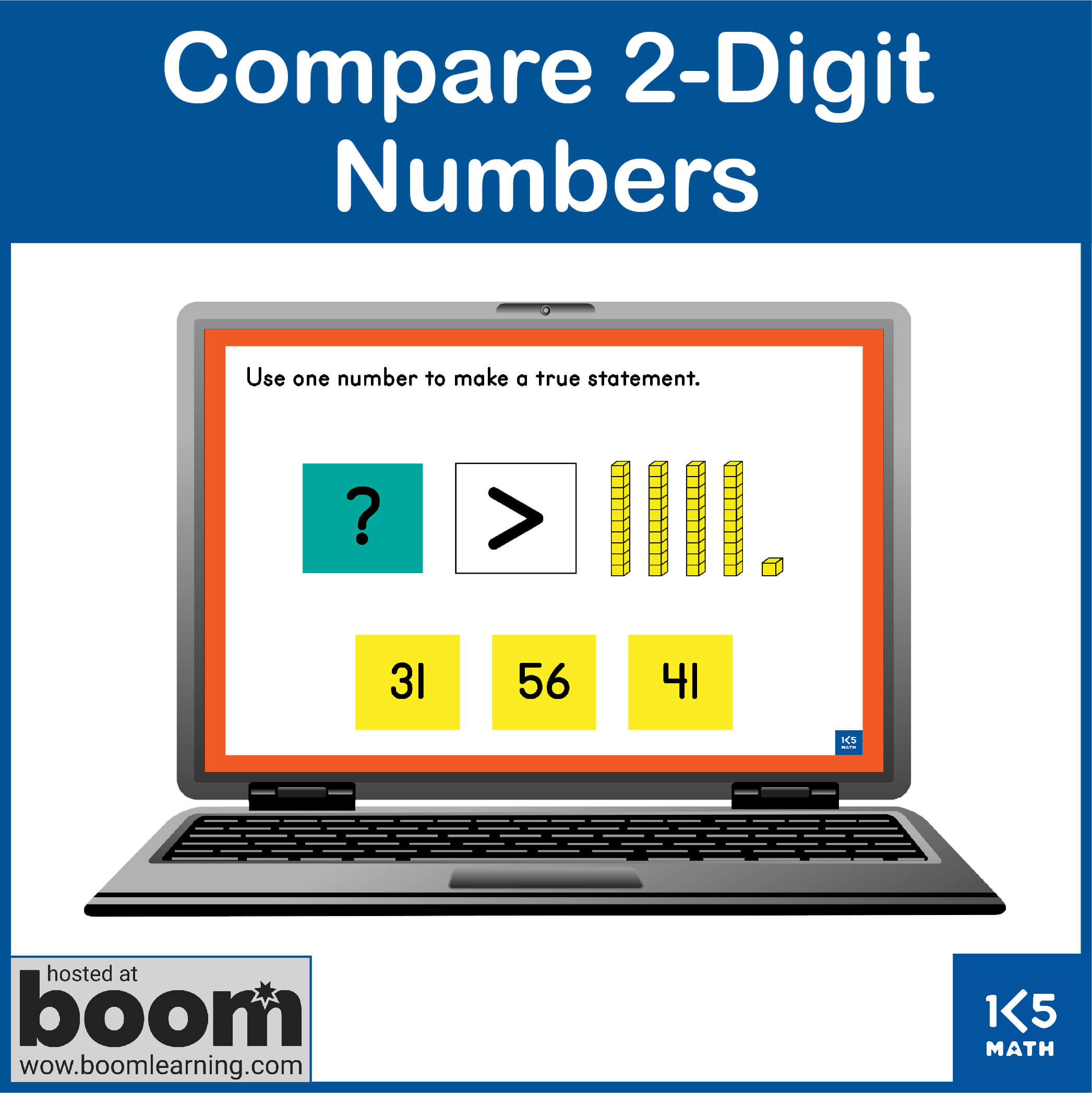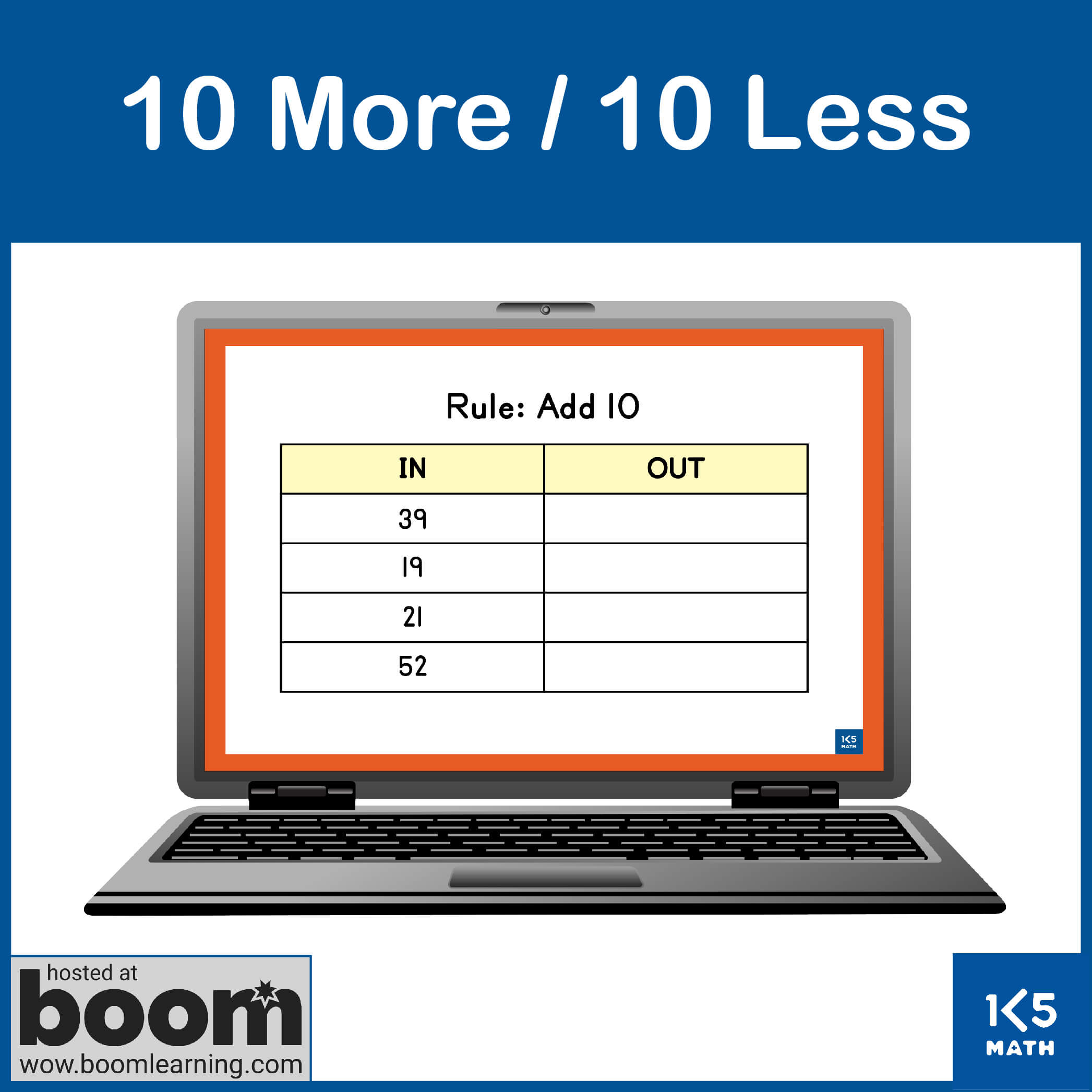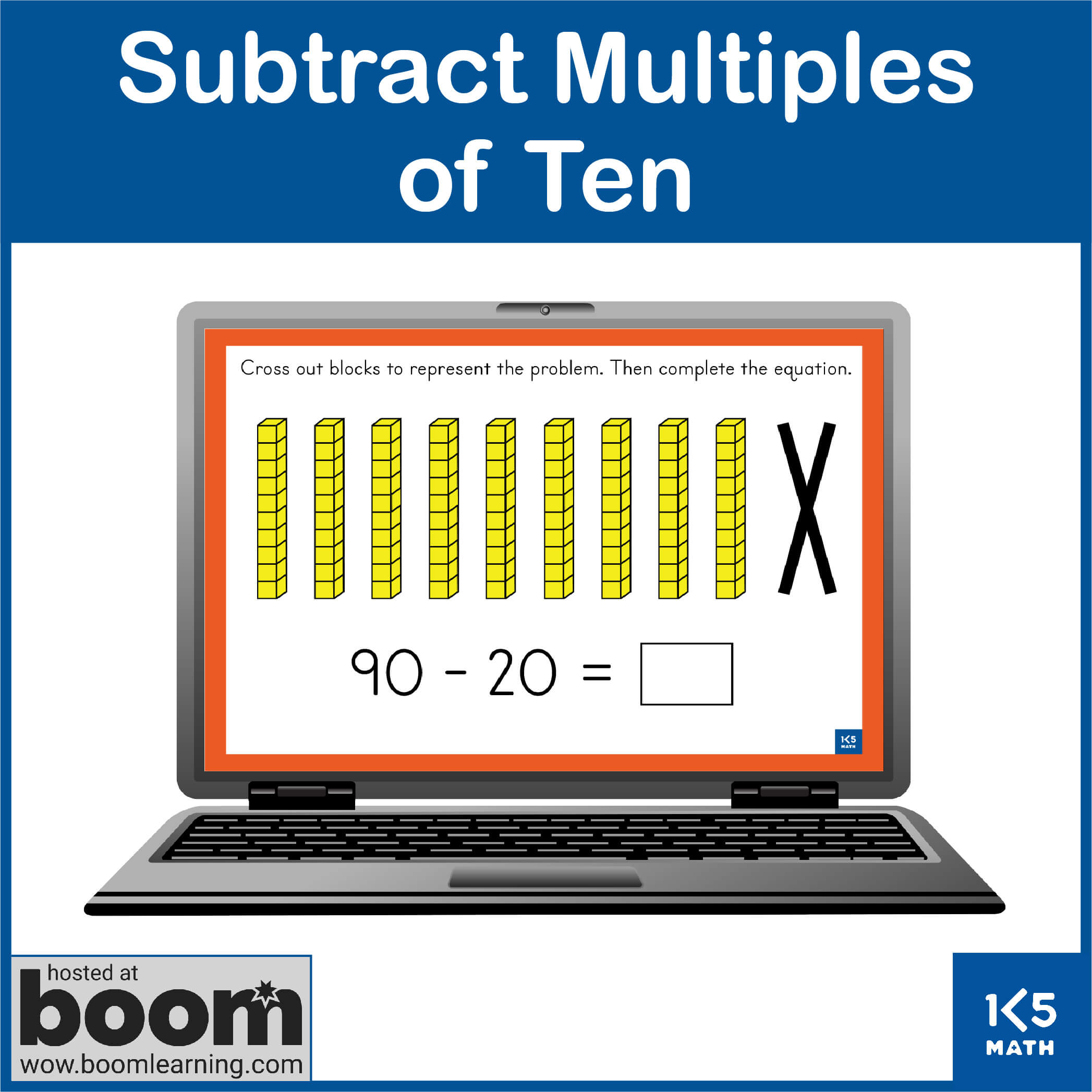1ST GRADE NUMBER
This page provides sample downloads from some of the resources in 1st Grade Mega Math Bundle aligned with the 1st Grade Number Common Core State Standards. Try some of the samples listed in blue below each standard or download the bundle and have instant access to hundreds of easy-prep, engaging resources to simplify your math lesson planning and make active engagement through hands-on math instruction an integral part of your first grade classroom.
OPERATIONS AND ALGEBRAIC THINKING
Represent and solve problems involving addition and subtraction
1.OA.A.1 Use addition and subtraction within 20 to solve word problems involving situations of adding to, taking from, putting together, taking apart, and comparing, with unknowns in all positions, e.g. by using drawings and equations with a symbol for the unknown number to represent the problem
1.OA.A.2 Solve word problems that call for addition of three whole numbers whose sum is less than or equal to 20, e.g. by using objects, drawings, and equations with a symbol for the unknown number to represent the problem.
Understand and apply properties of operations and the relationship between addition and subtraction
1.OA.B.3 Apply properties of operations as strategies to add and subtract. Examples: If 8+3=11 is known, then 3+8=11 is also known (Commutative property of addition). To add 2+6+4, the second two numbers can be added to make a ten, so 2+6+4=2+10=12 (Associative property of addition).
1.OA.B.4 Understand subtraction as an unknown-addend problem. For example, subtract 10-8 by finding the number that makes 10 when added to 8.
Add and subtract within 20
1.OA.C.5 Relate counting to addition and subtraction (e.g. by counting on 2 to add 2).
1.OA.C.6 Add and subtract within 20, demonstrating fluency for addition and subtraction within 10. Use strategies such as counting on; making ten (e.g. 8+6=8+2+4=10+4=14); decomposing a number leading to a ten (e.g., 13-4=13-3-1=10-1=9); using the relationship between addition and subtraction (e.g. knowing that 8+4=12, one knows 12-8=4); and creating equivalent but easier or known sums (e.g., adding 6+7 by creating the known equivalent 6+6+1 =12+1=13).
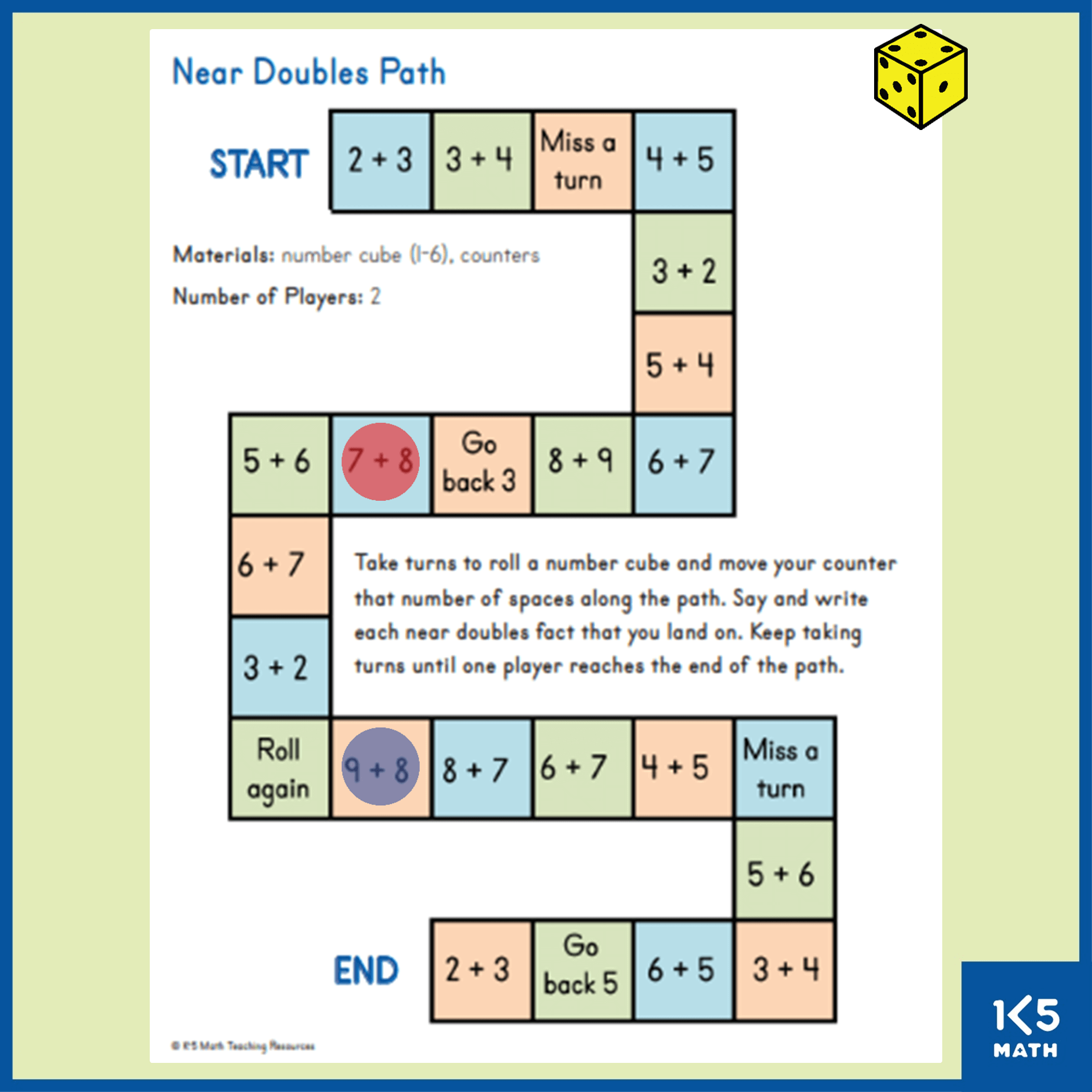
Work with addition and subtraction equations
1.OA.D.7 Understand the meaning of the equal sign, and determine if equations involving addition and subtraction are true or false. For example, which of the following equations are true and which are false? 6=6, 7=8-1, 5+2=2+5 , 4+1=5+2
1.OA.D.8 Determine the unknown whole number in an addition or subtraction equation relating to three whole numbers. For example, determine the unknown number that makes the equation true in each of the equations 8+ ? =11, 5 = □ – 3, 6+6 = □
NUMBER AND OPERATIONS IN BASE TEN
Extend the counting sequence
1.NBT.A.1 Count to 120, starting at any number less than 120. In this range, read and write numerals and represent a number of objects with a written numeral.
Understand place value
1.NBT.B.2 Understand that the two digits of a two-digit number represent amounts of tens and ones. Understand the following as special cases:
a. 10 can be thought of as a bundle of ten ones – called a “ten.”
b. The numbers from 11 to 19 are composed of a ten and one, two, three, four, five, six, seven, eight, or nine ones.
c. The numbers 10, 20, 30, 40, 50, 60, 70, 80, 90 refer to one, two, three, four, five, six, seven, eight, or nine tens (and 0 ones).
1.NBT.B.3 Compare two two-digit numbers based on meanings of the tens and ones digits, recording the results of comparisons with the symbols >, =, and <.
Use place value understanding and properties of operations to add and subtract
1.NBT.C.4 Add within 100, including adding a two-digit number and a one-digit number, and adding a two-digit number and a multiple of 10, using concrete models or drawings and strategies based on place value, properties of operations, and/or the relationship between addition and subtraction; relate the strategy to a written method and explain the reasoning used. Understand that in adding two-digit numbers, one adds tens and tens, ones and ones, and sometimes it is necessary to compose a ten.
1.NBT.C.5 Given a two-digit number, mentally find 10 more or 10 less than the number, without having to count; explain the reasoning used.
1.NBT.C.6 Subtract multiples of 10 in the range 10-90 from multiples of 10 in the range 10-90 (positive or zero differences), using concrete models or drawings and strategies based on place value, properties of operations, and/or the relationship between addition and subtraction; relate the strategy to a written method and explain the reasoning used.
